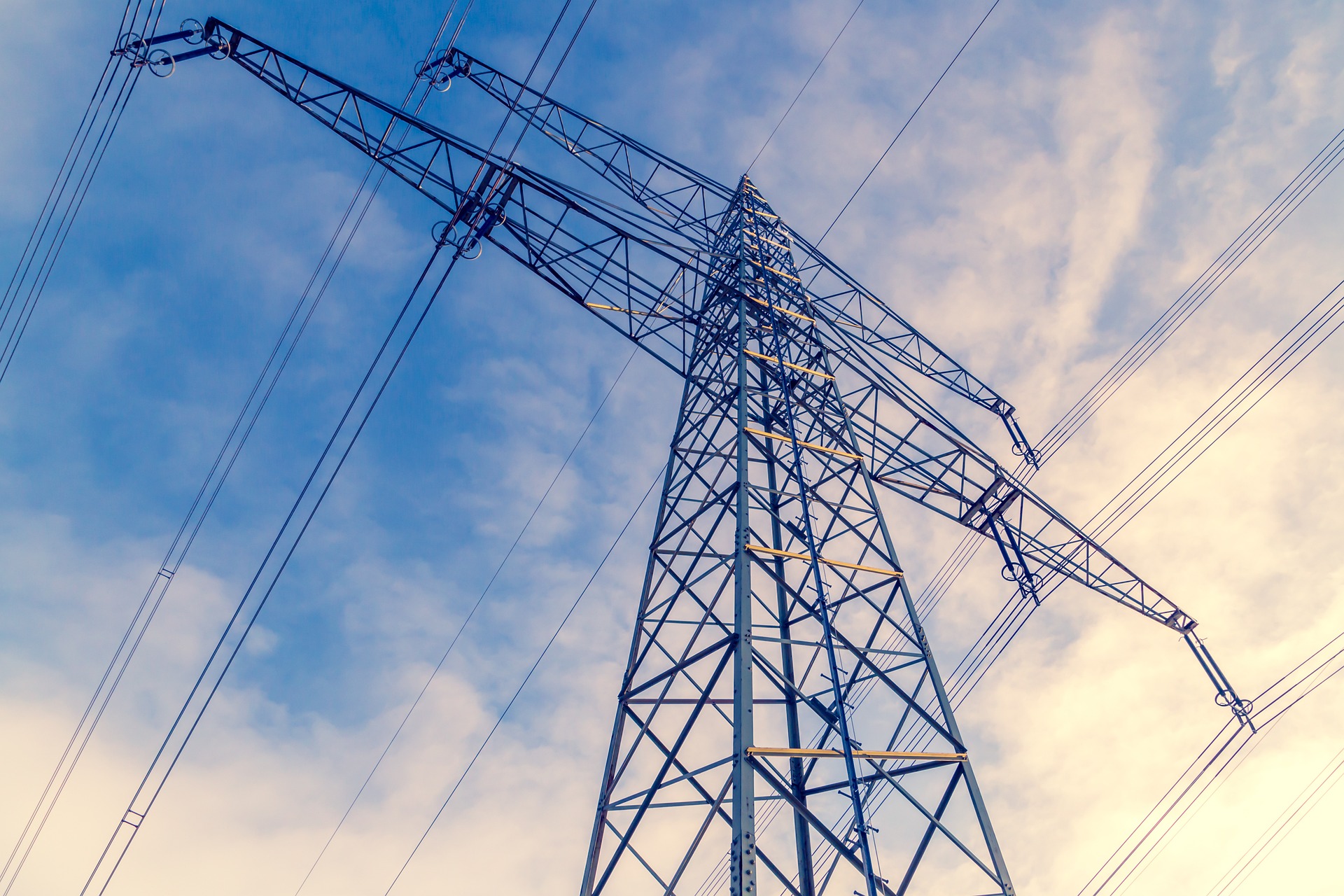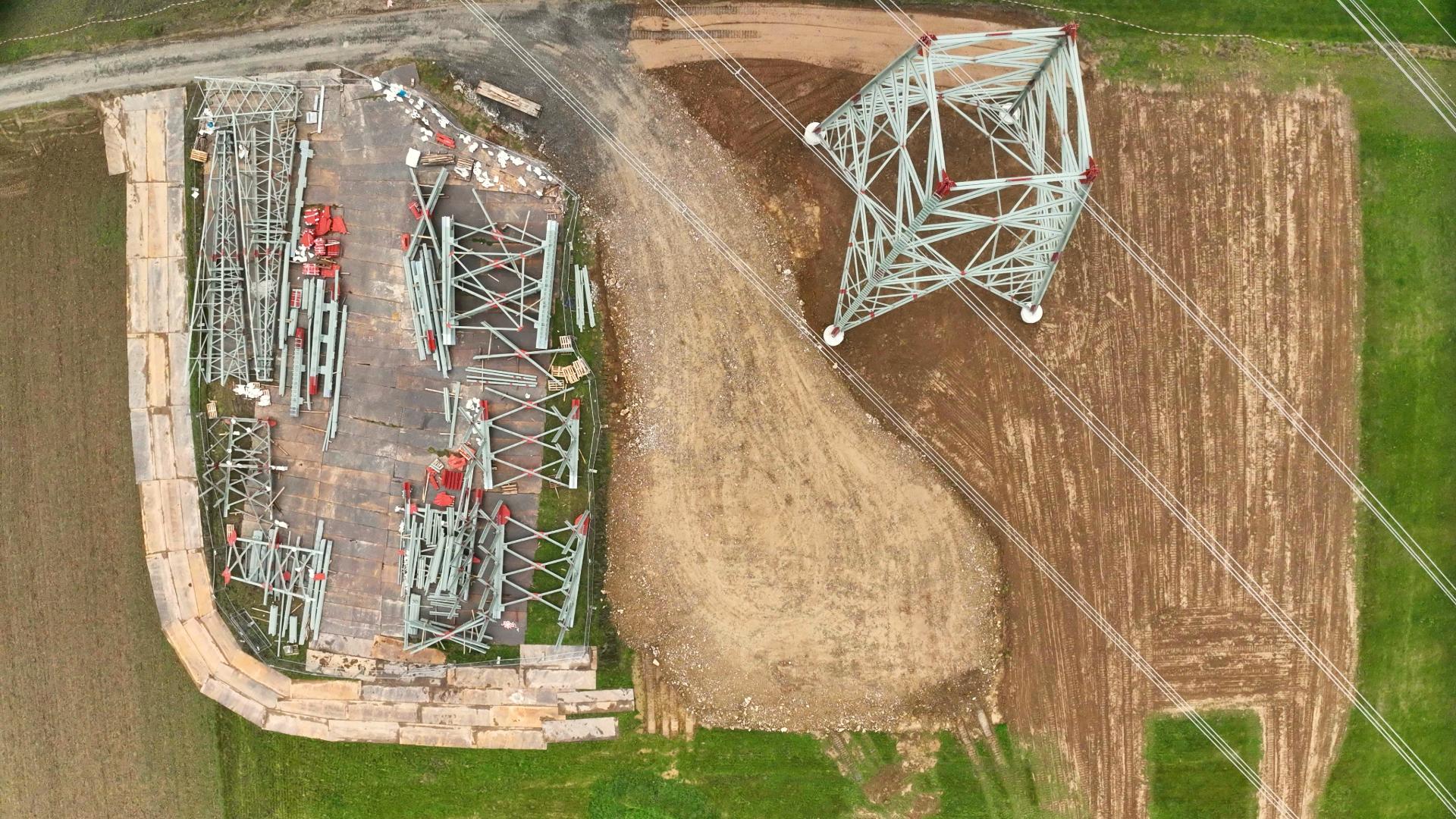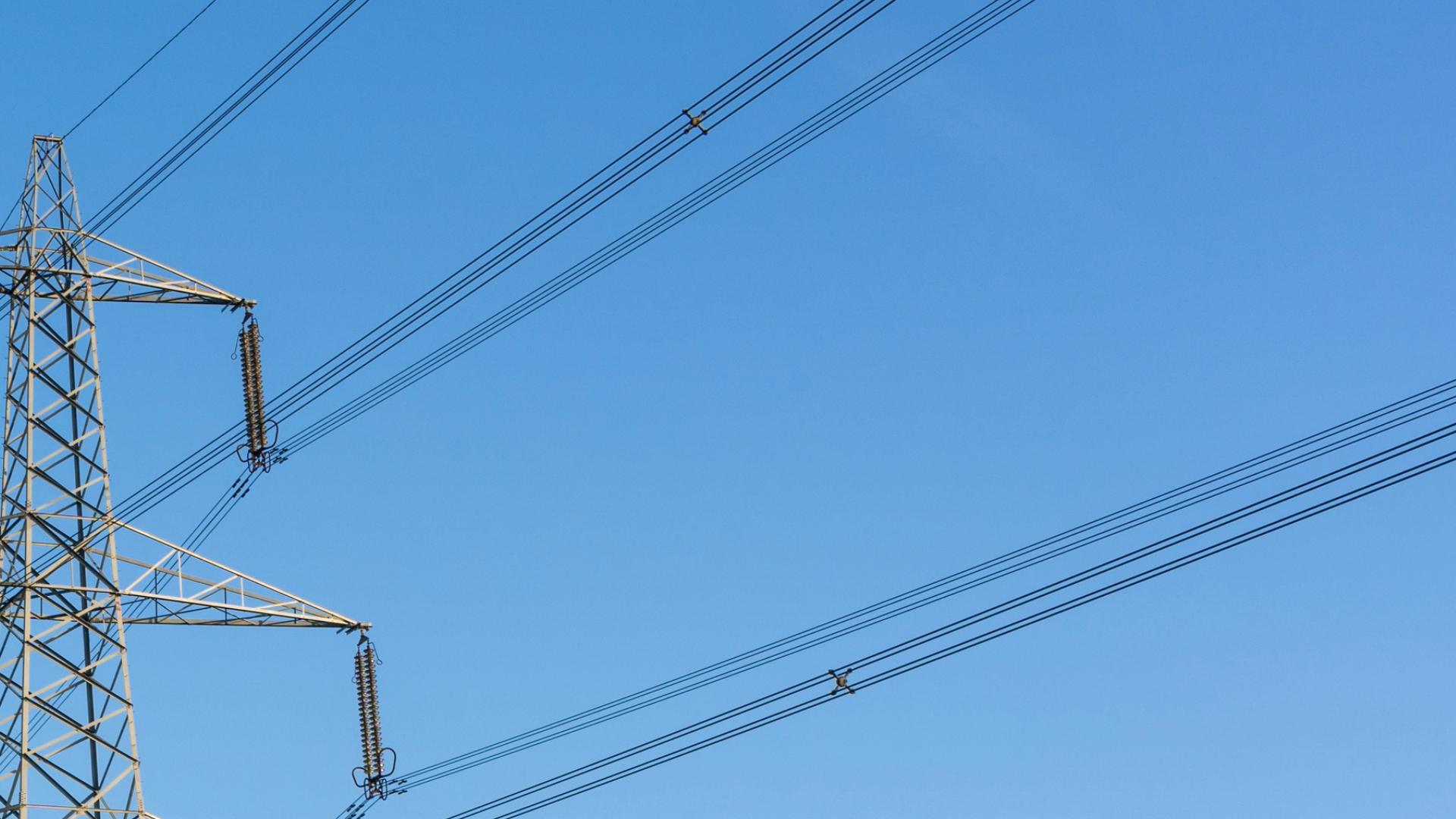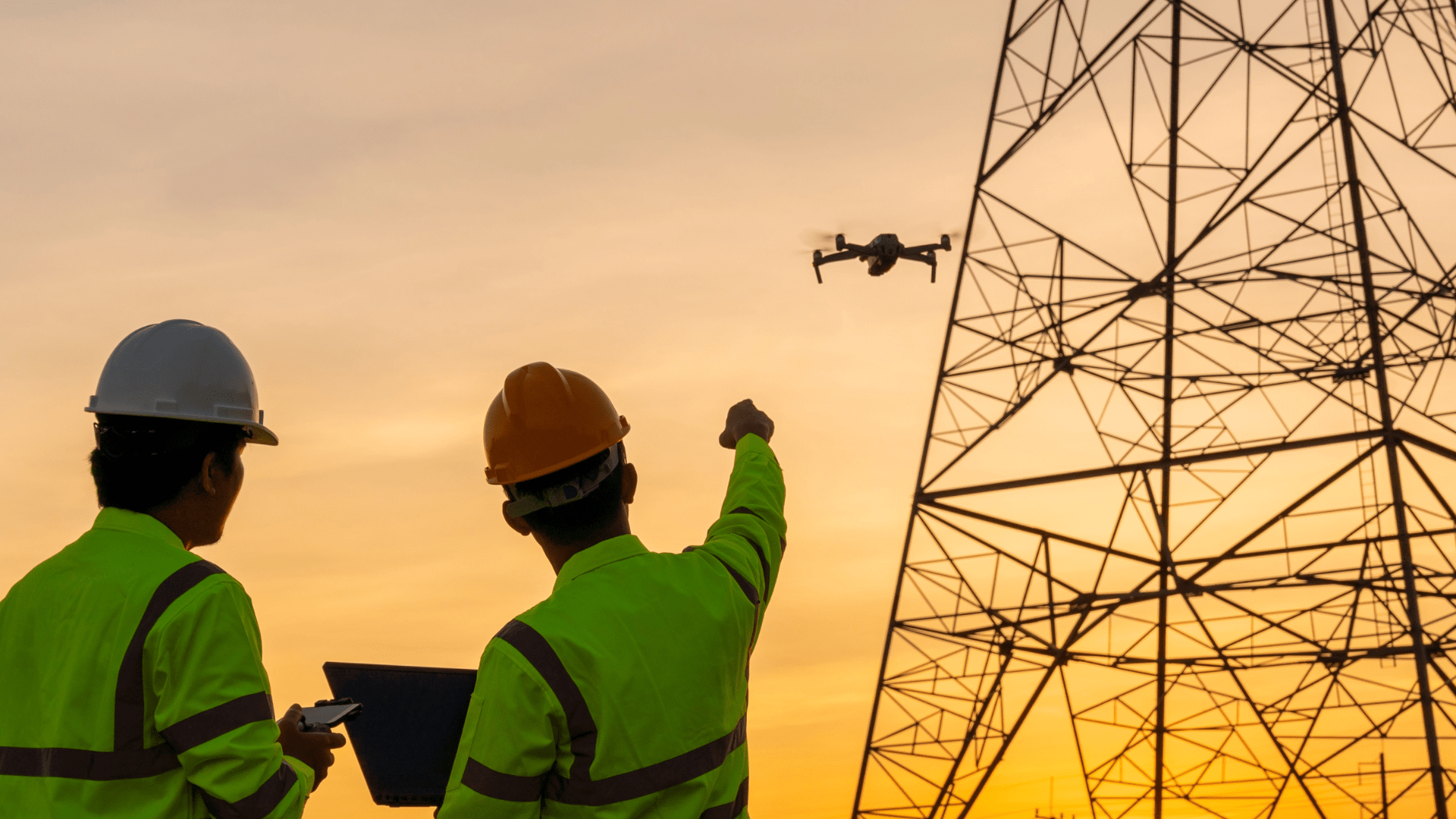Neue Werkzeuge für die Prüfungen bei Antennen und Masten
Mehr als 350.000 Strommasten, über 44.000 Mobilfunkträger, zahlreiche weitere Türme und Antennen stehen allein in Deutschland. Im Zuge der Energiewende wird das Freileitungsnetz ausgebaut werden müssen, neue Freileitungsmasten werden entstehen. Das bestehende Netz wird darüber hinaus optimiert werden müssen. Im Rahmen des 5G Netzausbaus werden ebenfalls tausende neue Masten errichtet werden müssen. Alle diese Bauwerke weisen eine Besonderheit auf: Sie unterliegen regelmäßigen Prüfungen. Besonders gut eignen sich Drohnen für diese Prüfungstätigkeiten. Erfahren Sie warum!
Wozu prüft man mit Drohnen Antennen und Masten?
Drohnen ersetzen nicht die kompletten Prüfprozesse. Sie sind jedoch ein unterstützendes Werkzeug und bieten ein großes Potential für die regelmäßigen und notwendigen Prüfprozesse. Grundsätzlich dienen dabei alle Maßnahmen die Standsicherheit der Bauwerke zu gewährleisten. Die durchzuführenden Prüfungen, Inspektionen und Verfahren unterliegen dabei diversen Richtlinien. Dazu zählen unter anderem die DIN 1076 und die VDI 6200. Zusätzlich finden weitere spezielle Richtlinien Anwendung, wie die RÜV bei Bauwerken des Bundes und die BOStrab im Umfeld von Straßenbahnanlagen. Grundlegend aber dienen alle Maßnahmen zunächst dazu, den Zustand des Bauwerks zu überwachen und Schäden zu erfassen und zu dokumentieren. Diese Schäden gilt es in der Folge zu beurteilen, Maßnahmen zu ergreifen und eine Zustandsbeurteilung daraus ableiten zu können. Die durchzuführenden Prüfungen sind bezüglich der Maßnahmen und der notwendigen Prüfungszyklen natürlich von der Konstruktionsweise, der festgelegten Robustheitsklassen und Schadensfolgenklassen abhängig. Dennoch können Drohnen völlig unabhängig dieser Klassifizierungen die Prüfungstätigkeiten effektiv unterstützen. Die Drohne dient dabei lediglich als Plattform, um die notwendige Sensorik zum Einsatz zu bringen. Die eingesetzte Sensorik wiederum dient der Datengenerierung und es sind eben diese Daten, mit denen sich Schäden entdecken und dokumentieren lassen. Daraus ist es nicht nur möglich einen Bauzustand zu beurteilen, sondern durch die Sammlung der Daten über den Zeitraum der Prüfintervalle Veränderungen zu dokumentieren und zuverlässige Prognosen und Ableitungen für Instandhaltungsmaßnahmen zu erstellen.
Wie prüft man mit Drohnen Antennen und Masten?
Auch für den Einsatz von Drohnen gibt es für den Prüfeinsatz bereits Richtlinien, die in der VDI 2879 geregelt sind. Wichtiger als der operative Einsatz des Werkzeugs Drohne ist allerdings der Zweck, für welche das Gerät verwendet werden soll. Der Zweck sollte anhand der Konstruktion, der zu erwartenden Schadenindizien und den zugeordneten Bauteilen gewählt werden. Der Zweck entscheidet damit auch über die Wahl der einzusetzenden Sensoriken. Besonders einfach lässt sich mittels der Fotodokumentation einer Kameradrohne die mindestens alle 2-3 Jahre vorgeschriebenen Sichtprüfungen unterstützen und teilweise sogar komplett durchführen. Die Daten können im Bericht direkt fotodokumentiert verwendet werden. Dabei kann eine einfache Begehung zuverlässig und schnell durchgeführt werden. Hierbei können Daten generiert werden, die sonst nur bei einer handnahen Prüfung durch eine fachkundige Person erfolgen. Diese Daten lassen sich auch in der Folge durch eine fachkundige Person vorab prüfen. Die Inspektion mit der visuellen Prüfung wird dabei gemäß der Prüfzyklen zwar nicht ersetzt, kann aber bereits hier der Vorbereitung dienen und spart Zeit in der Durchführung. Die reine Sichtprüfung allerdings, die darauf abzielt Risse, Abplatzungen, Korrosionen, Durchfeuchtungen oder Verformungen zu erkennen, kann vollständig und gut dokumentiert direkt durch den Betreiber mittels einer Drohne erfolgen.
Drohnen können auch die handnahe Prüfung oder die zerstörungsfreie Prüfung des Materials durch das fachkundige Personal zuverlässig unterstützen. Dabei wird die Drohne gezielt zum Einsatz gebracht, um insbesondere schwer zugängliche Stellen zu erreichen, Details aufzuzeichnen und Messungen vorzunehmen. Beispielsweise lassen sich durch den Einsatz von hochauflösenden Kameras Risse dokumentieren und vermessen, die insbesondere die Rissbreiten ab 0,2 mm erfassen. Mit Hilfe von Wärmebildkameras wiederum lassen sich Stahlkonstruktionen erfassen und die thermografischen Verfahren tragen dazu bei, die Zustandsberichte über die Materialbeschaffenheit abzuleiten.
Diese Daten können somit geplant oder im Verdachtsfall über die dokumentierte Historie direkt an einen Sachverständigen übermittelt werden. Sie helfen nachhaltig bei er Erstellung der Zustandsberichte und dienen zur Vorbereitung der Instandhaltungsmaßnahmen.
Darum lohnen sich Drohnen zur Prüfung von Antennen und Masten
Der Einsatz von Drohnen eignet sich besonders gut für den Einsatz in der Bauwerksprüfung. Da die Sichtprüfungen in der Regel direkt durch den Betreiber oder einen Verfügungsberechtigten durchgeführt werden können, benötigt man lediglich qualifiziertes Personal für die Datengenerierung mittels Drohne. Diese Qualifikationen und der für Unternehmen empfohlene Drohnenführerschein sowie die Steuerung der Geräte, können einfach erlernt werden. Da es sich bei Antennen und Mastprüfungen stets um stationäre Bauwerke handelt, ist der operative Einsatz der Drohne in der Regel keinen komplexen Auflagen und Regeln unterworfen. Mittels unserer Software Map2Fly, lassen sich nicht nur in Sekunden die rechtlichen Auflagen nachvollziehen, sondern alle Aufstiege zuverlässig und dokumentiert vorplanen. Die notwendigen Zustimmungen sind in der Folge leicht zu beantragen. Die im Zuge der Befliegung gewonnenen Daten sind dabei nicht nur eine punktuelle Zustandsbeschreibung, sondern bilden georeferenzierte, digital verfügbare Daten, die langfristig auswertbar sind. Ein „Erklettern“ wird dadurch nur im Schadensfall notwendig.
Neben den beschriebenen qualitätssteigernden Effekten und der verbesserten Dokumentation, sprechen auch wirtschaftliche Faktoren für den Einsatz von Drohnen in der Antennen- und Mastinspektion.
Mit dem Einsatz der Drohne entstehen zunächst zusätzliche Kosten, die durch das geschulte Personal, das Gerät und die IT-Kosten zur Datenverarbeitung, sowie Overhead einhergehen. Abhängig von der Netztopologie lassen sich basierend auf einem 8h Arbeitstag, inklusive einer einkalkulierten An- und Abfahrtzeit von 1h insgesamt 28 Masten komplett prüfen. Dabei wird eine 9-minütige Befliegungsdauer der Drohne und ein 6-minütiger Wechsel zwischen einzelnen Masten als Mittelwerte berücksichtigt. Gegenüber den konventionellen Sichtprüfungen und dem Einsatz von Kletterern, kann die reine Prüfungsdauer um rund 60% reduziert werden. Bisher war die Prüfung von 12 Masten mittels dieser Methoden im Durchschnitt möglich. Durch die Veränderung der Arbeitsprozesse wird das Personal und das Gerät eine viel geringere Zeit gebunden. Dies führt dazu, dass die internen Kostensätze von ca. 68 € im Mittel zur Sichtprüfung eines Mastes auf 43 € sinken können. Kostenersparnisse von mehr als 37% werden somit möglich.
Die wirtschaftlichen Vorteile lassen sich jedoch nicht direkt auf den Einsatz der Drohne selbst zurückführen, sondern kommen erst durch veränderte Arbeitsprozesse zu Stande. Die Drohne als Gerät selbst ermöglicht lediglich die Transformation der Arbeit, hin zu effektiveren, ressourcensparenden Arbeitsweisen und führt bei richtiger Anwendung zu leistungssteigernden Prozessen. Drohnen sollten daher stets ganzheitlich zu Prüfungszwecken in den Unternehmen integriert werden.
Möchten Sie stets auf dem aktuellen Stand der Drohnenanwendungen bleiben?
Dann melden Sie sich noch heute auf flynex.io für unseren Newsletter an.
Ihr FlyNex Team





